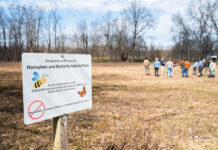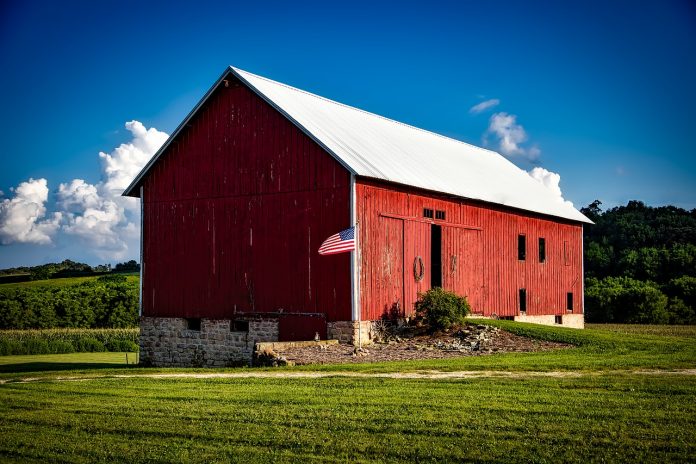A lot has changed in the last 20 years. Ohio has more broilers, hogs and female farm operators, but less farmland, fewer dairy farms and older farmers.
Douglas Jackson-Smith and Shoshanah Inwood, faculty with Ohio State University’s Ohio Agricultural Research and Development Center, presented highlights from a new report, “The Status and Changing Face of Ohio Agriculture,” during the virtual Farm Science Review, Sept. 23.
The report analyzed data from 1997 to 2017, pulled from the U.S. Department of Agriculture and other sources.
The farmer
The average age of principal farm operators, or the people who make most of the important day-to-day decisions, in 2002, was 53.8 years old. In 2017, the average age was 57.7 years old.
In 2002, about 10% of principal farm operators were women. In 2017, that was up to 21%.
“Much of this is the increased role of women, but also the increased success of the farm census in capturing the historic role women play that wasn’t captured before,” Jackson-Smith said.
The land
In 2017, there were 13.97 million acres of land used for agriculture in Ohio. That’s down about 5%, or 772,733 acres from 1997.
There was a 22% increase in how many acres of soybeans were planted over 20 years. In 1997, 4.1 million acres of soybeans went in in Ohio. In 2017, it was up to 5 million acres. During this same time, the number of farms growing soybeans decreased by 12%.
“Farms with corn and wheat declined fairly significantly, not that the acres in corn and wheat changed dramatically, but the farmers responsible for managing the land,” Jackson-Smith said.
The average farm size was 179 acres in 2017. That’s slightly smaller than the average farm size in 1997, which was 187 acres.
The number of small farms, between 1 and 49 acres, grew by 13%. They made up about 47.4% of farms in 2017.
The largest farms by acreage, those farming more than 1,000 acres, also grew in number, although they only make up about 3.5% of all farms in 2017.
The animals
The number of hogs increased by more than 50% from 1997 to 2017, and the numbers of broilers more than doubled. These big jumps can be tied to the integration of the poultry and pork industries.
In 1997, there were 1.6 million hogs. In 2017, there were 2.5 million hogs in Ohio.
There were 6 million broilers in 1997 and 16 million in 2017.
The number of dairy farms dropped by more than 40% from 2002 to 2017. In 2002, there were 3,771 dairy farms. That was down to 2,171 in 2017.
The number of milk cows, however, increased during this time. There were 261,759 cows in 2002 and 269,069 in 2017.
The full report can be found at https://senr.osu.edu/ohiofarmtrends.
(Reporter Rachel Wagoner can be contacted at 800-837-3419 or rachel@farmanddairy.com.)










